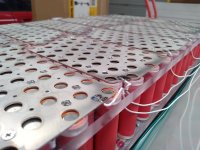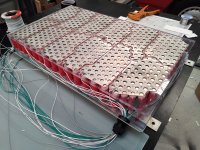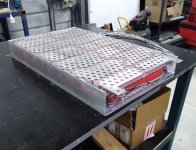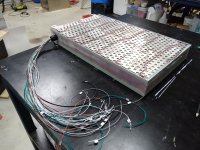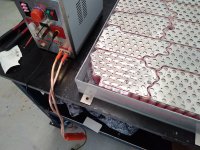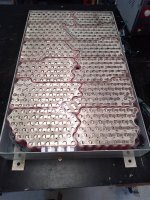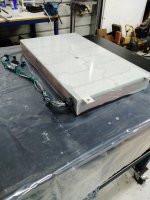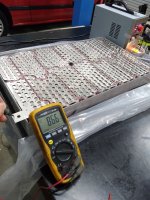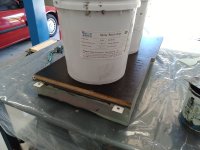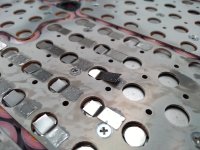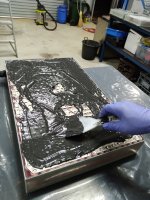jonescg
100 MW
[youtube]jumFyhtjylM[/youtube]
The battery is coming together slowly. This seems to work satisfactorily. But a bigger welder with more instant amps would be ideal. The sheet metal welders only vary the energy by increasing the time it stays on for, which gives the material ample time to soak away the heat. I need more capacitors!

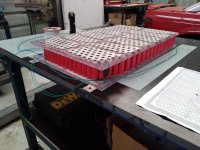
The reason I'm using countersunk screws is to make sure the thermal path from the ends of the cells to the face of the battery module is as short as possible.
The battery is coming together slowly. This seems to work satisfactorily. But a bigger welder with more instant amps would be ideal. The sheet metal welders only vary the energy by increasing the time it stays on for, which gives the material ample time to soak away the heat. I need more capacitors!


The reason I'm using countersunk screws is to make sure the thermal path from the ends of the cells to the face of the battery module is as short as possible.


